If you have ever been to Japan, you’ve probably visited at least one shrine/temple if not more. When debating which Shinto or Buddhist spiritual centers to visit while here, you’ll frequently find recommendations for some of the most famous shrines and temples. For example, The Temple Of The Golden Pavilion in Kyoto, Sensouji-Temple and Meiji-jingu Shrine in Tokyo, and Itsukushima-jinja Shrine.
From small ones to well-known ones, there are more than 158,000 shrines and temples in Japan. This is more than the number of convenience stores which, if you’ve see just how many of those there are, is saying something. You will find beautiful religious structures wherever you go. Shrines and temples are examples of gorgeous Japanese-style architecture, and both have a majestic atmosphere while showing mystical culture. However, visitors often confuse the two and are unsure of what the difference is between shrines and temples
Two different religions
Briefly, shrines and temples are religious buildings. Temples are for Buddhism and Shrines are for Shintoism.
At temples, you’ll find Buddhist statues for worship and these can be seen by the public. As well as undergoing ascetic training at the temples, Buddhist monks also live there. It’s interesting to note that temples are often used as funeral places for most Japanese people.
On the other hand, Shrines enshrine objects that are believed to contain a deity. For example, mirrors or swords etc., for worship. These usually cannot be seen by the public, or you can only see them from a distance. Shrines are considered as the living places of gods. In addition, shrines are more popular places than temples to hold wedding ceremonies for Japanese people, although western-style weddings in churches are the most popular in Japan. From this, we can see most Japanese people have multiple views on religion and that these two religions co-exist quite peacefully in Japan.
How can you tell if it’s a shrine or a temple?
Let’s start talking about entrances. If you find a gate that consists of two pillars and two (or sometimes one) horizontal rails on the top, it is likely to be a shrine. This gate is called a Tori-i (鳥居) which is built as the gateway to the sacred space. Probably the most famous Tori-i for tourists are numerous red tori-i gates of Fushimi Inari in Kyoto.
In contrast, at temple entrances, you’ll find a massive gate with a tiled roof called San-Mon (山門). These gates also represent the border between the mundane world and divine space. Although, some temples do have tori-gates due to the mixed history of Buddhism and Shintoism.
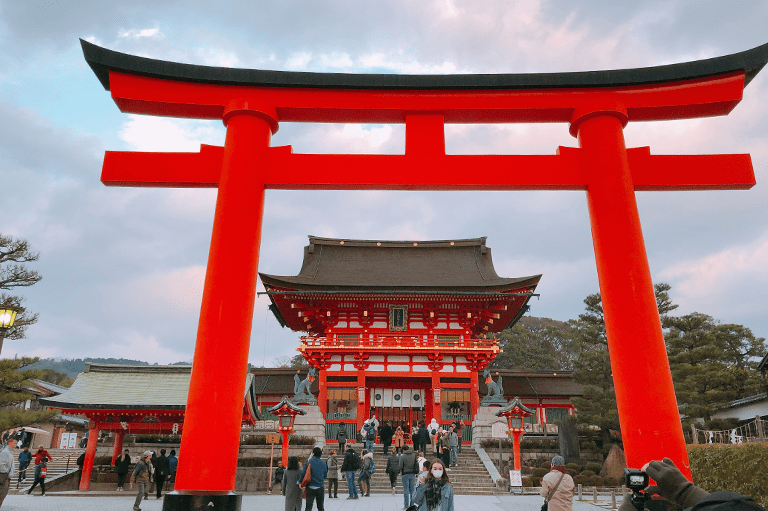
Tori-i (shrine gate) 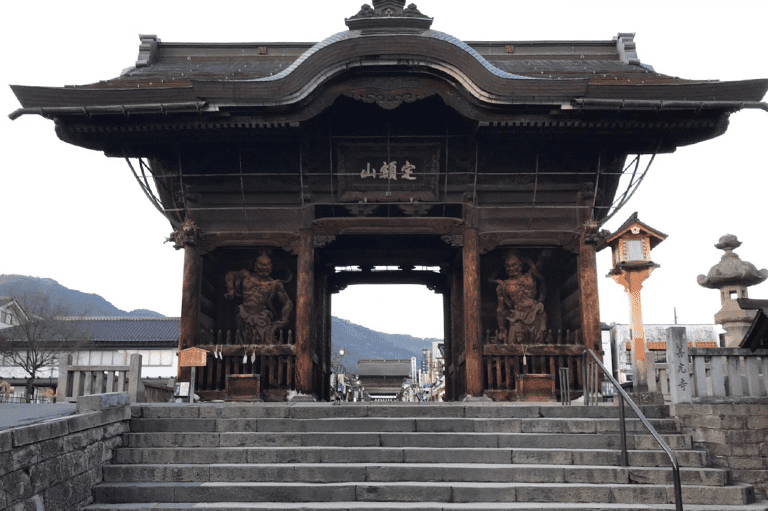
San-Mon (temple gate)
Another difference comes in what you find on either side of the entrance. There are guardians at the gates of both structures. Named Komainu, these two mythical creatures look like lion-faced dogs, and stand in front of Shrines. It has been said that they are both dog and lion, but you’ll find a lot of uniquely faced Komainu that are unlikely to be lions or dogs. It is believed that the reason is because people made them without knowing how Komainu (and lions) looked, so there was a lot of guesswork involved. Certainly there were no smartphone cameras when it became popular to offer Komainu carvings to shrines in Japan’s Edo period! As you enjoy looking at the various designs of Komainu, take the opportunity to appreciate the imagination and creative skill of artisans of the past.
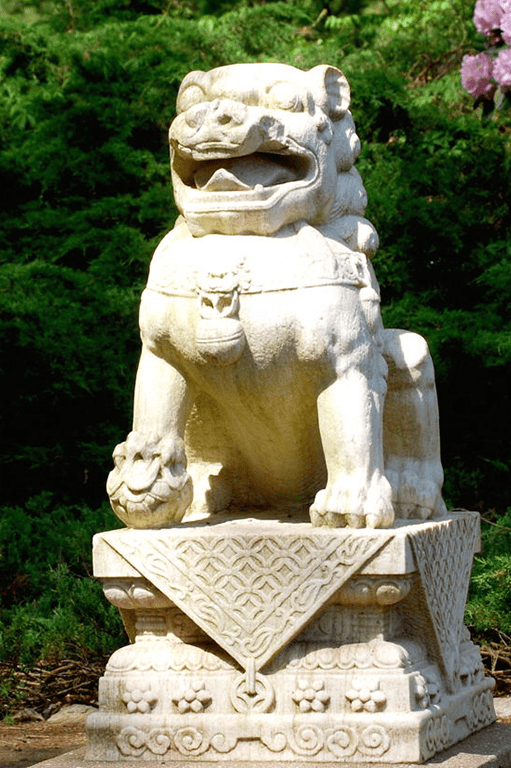
Komainu (shrine’s guardian) 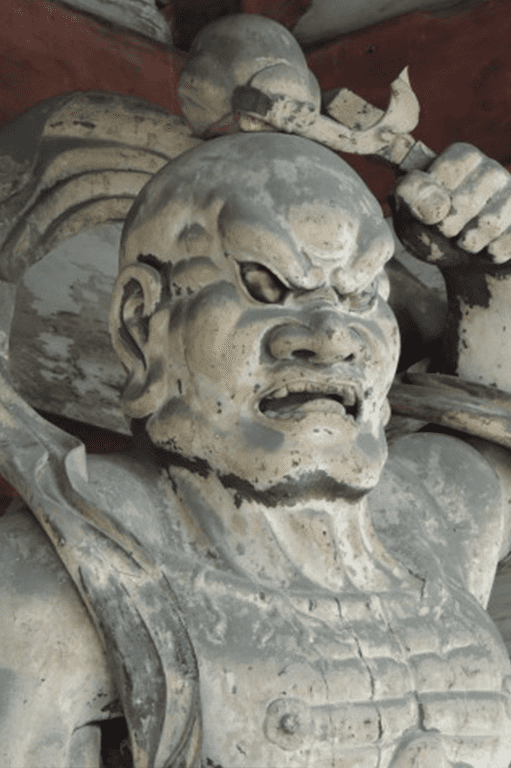
Agyou (temple’s guardian)
At the entrances of temples, you’ll encounter muscleman statues of Buddhist gods, called Kongo-Rikishi-zou (金剛力士像) or Nio (仁王). They are always a pair. The one with its mouth open is called Agyou (阿形), and the one with the closed mouth is Ungyou(吽形). Both of them have pretty scary faces! There is an idiom related to these statues in Japan: ‘A-Un no kokyu’. ‘A’ means Agyo, and ’Un’ is Ungyo. It translates to ‘having great teamwork’, like them. All temples are protected by their teamwork in Japan! Additionally, it is possible to find a distinct difference in the material of the building’s roofs. Most temples have roofs with clay tiles. In comparison to this, shrine’s roofs are often covered with either Japanese cypress bark, thatch or sometimes copper plates. There are always exceptions, but shrines which have a long history usually follow this style.
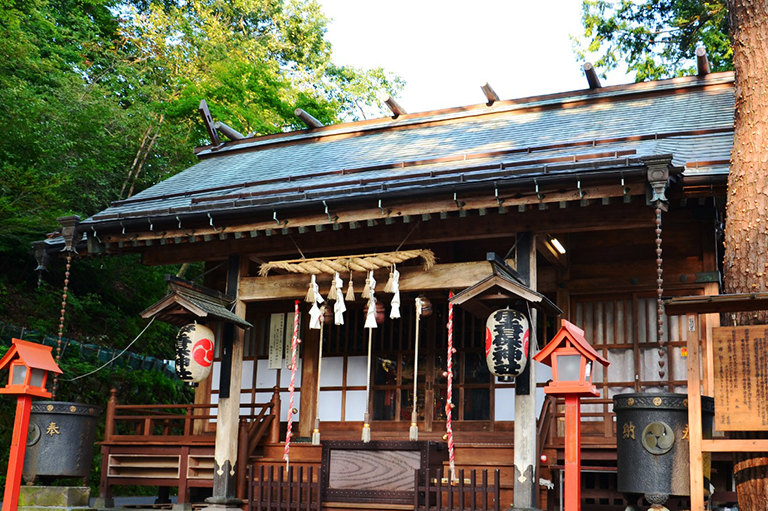
Roof of a shrine 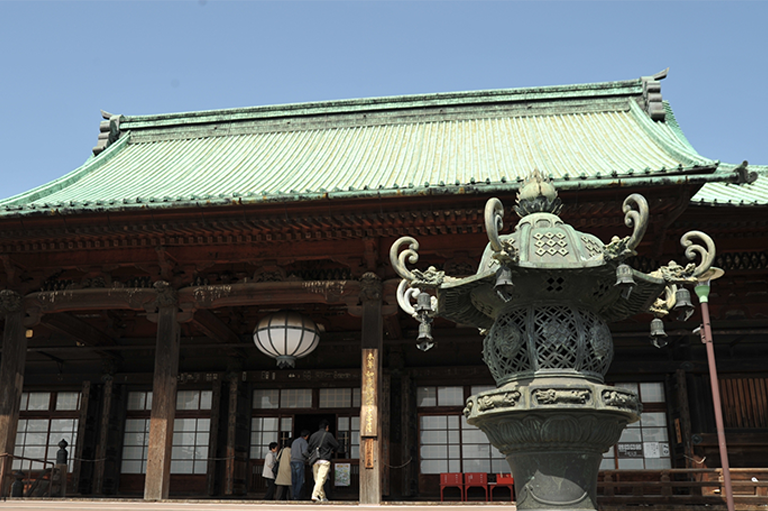
Roof of a temple
Hints in their names
Shrine names mostly end with ‘Jinja’, ‘Jingu’, ‘Hachimangu’ and ‘Taisha’(神社,神宮,八幡宮 and 大社). It depends on what these shrines enshrine. Sometimes, it is an ancestor of the Japanese royal family and sometimes gods of love, money or weather. We can also figure out whether it is a temple or not from its name. Temple names often end with ‘Ji’, ‘Dera’, ‘In’ and rarely ‘Dou’ (寺-ji, 寺-Dera, 院, 堂). ‘Ji’ and ’Dera’ literally mean a temple. ‘In’ is usually used for temples with living places for Buddhist monks.
Why do they look similar even though they are for different religions?
Shintoism is a religion that originated in Japan. On the other hand, Buddhism is a religion from India, and was the first foreign religion to be accepted by the Japanese of the past. When Buddhism spread to Japan, people started to think Buddha protected not only people, but also Shinto Gods as some shrines enshrined a particular person who has been deified. Due to this, temples were established near shrines or sometimes inside shrines. The opposite idea, that Shintoism gods guarded Buddhism gods, came later. The synchronicity of Shintoism and Buddhism in Japan progressed as time went by. This belief existed until around the Edo period which means it lasted for more than 1000 years.
Only 150 years ago, the Japanese government attempted to divide this fusion of religious ideas and to eliminate Buddhism in order to make Shintoism the national religion. However, it did not succeed. The two religions which were synchronized in the past have followed different tracks: one of them became a political tool once; the other one has been revived after vandalism, but both now exist harmoniously together in modern Japan.
In conclusion, we should acknowledge that the appearance of shrines and temples and their roles in Japan are similar due to history, although there are some notable differences. Beat the boredom of visiting shrine after shrine, and temple of temple, by trying to identify the differences! It’s bound to make your trip just that much more memorable.
